Inflation is a relentless drain on all of our bank accounts, but there’s one tiny crack where a little daylight is showing through: groceries. For the first time since 2020, grocery prices slightly fell overall in March 2023, according to the latest data from the Labor Department. Many items are still much more expensive than they were in your supermarket a year ago, but they’re tracking in the right direction: downward. Here are some of the groceries that fell in price between February and March 2023, and will hopefully continue the trend for a while.
Related: Inflation Is Cooling. Why Is Everything Still So Damn Expensive?
Eggs
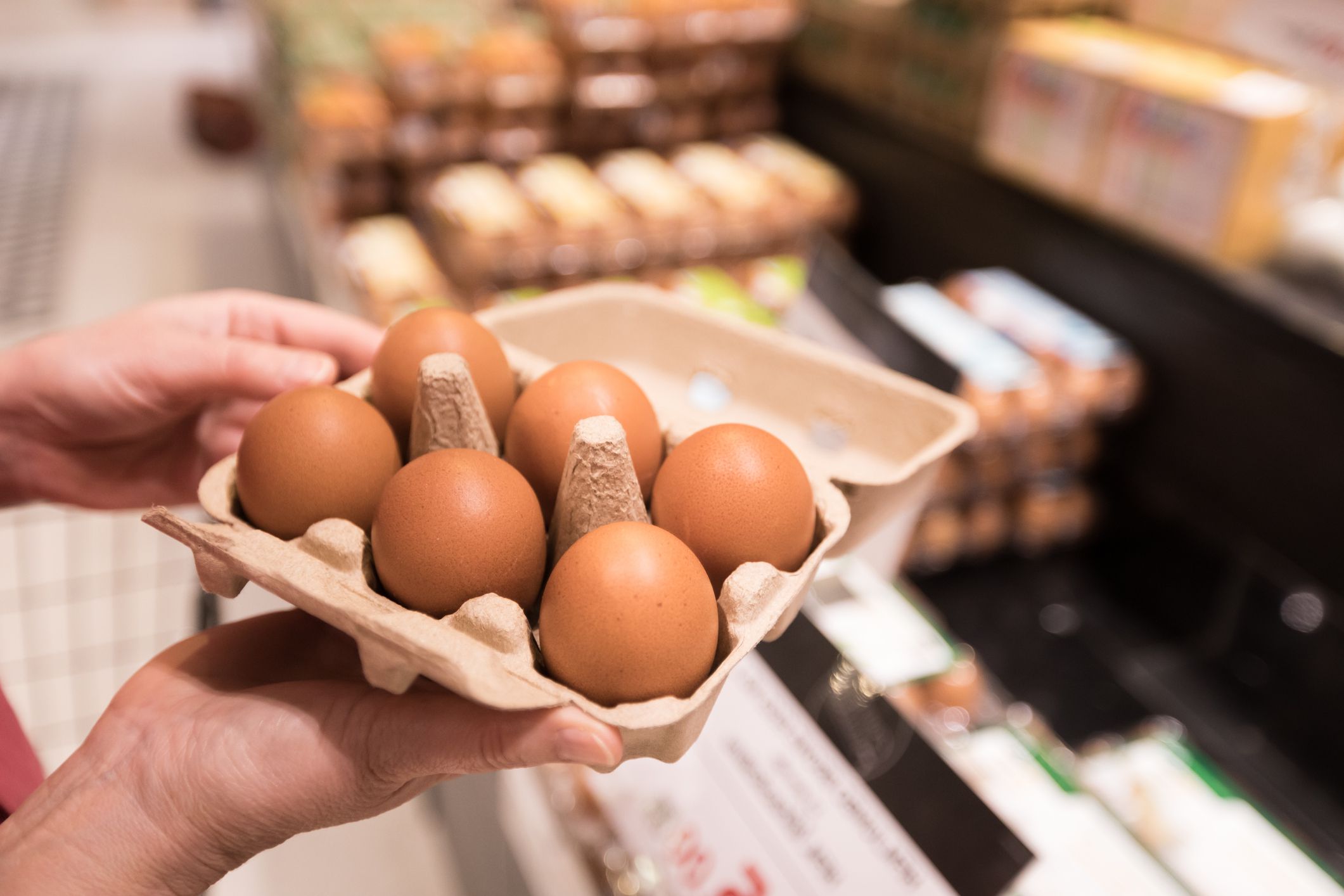
Difference from February to March 2023: -10.9%
Eggs have been a pain point for a long time thanks to the largest outbreak of avian influenza in U.S. history. Thankfully, they’ve come down in price recently, though you’re still going to be paying 36% more than you did a year ago.
Related: Is Raising Chickens Cheaper Than Buying Eggs?
Lettuce
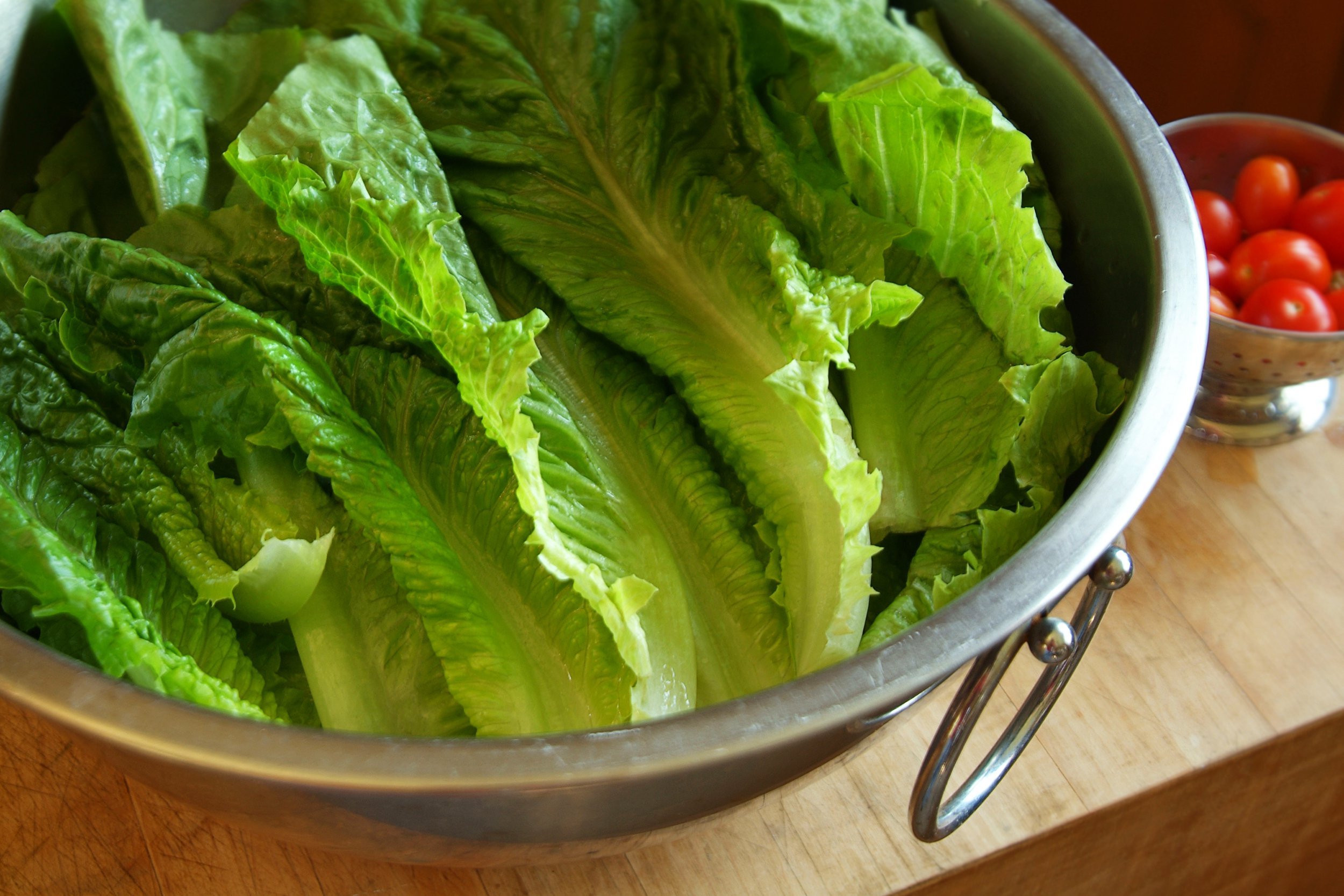
Difference from February to March 2023: -5.6%
A lettuce shortage due to an insect-borne virus in California’s Salinas Valley where the majority of America’s lettuce is grown led to insanely high prices to begin 2023. Luckily, prices are almost back to normal.
Related: These 10 Foods Pose the Biggest Risk to Consumers, According to Government Data
Butter
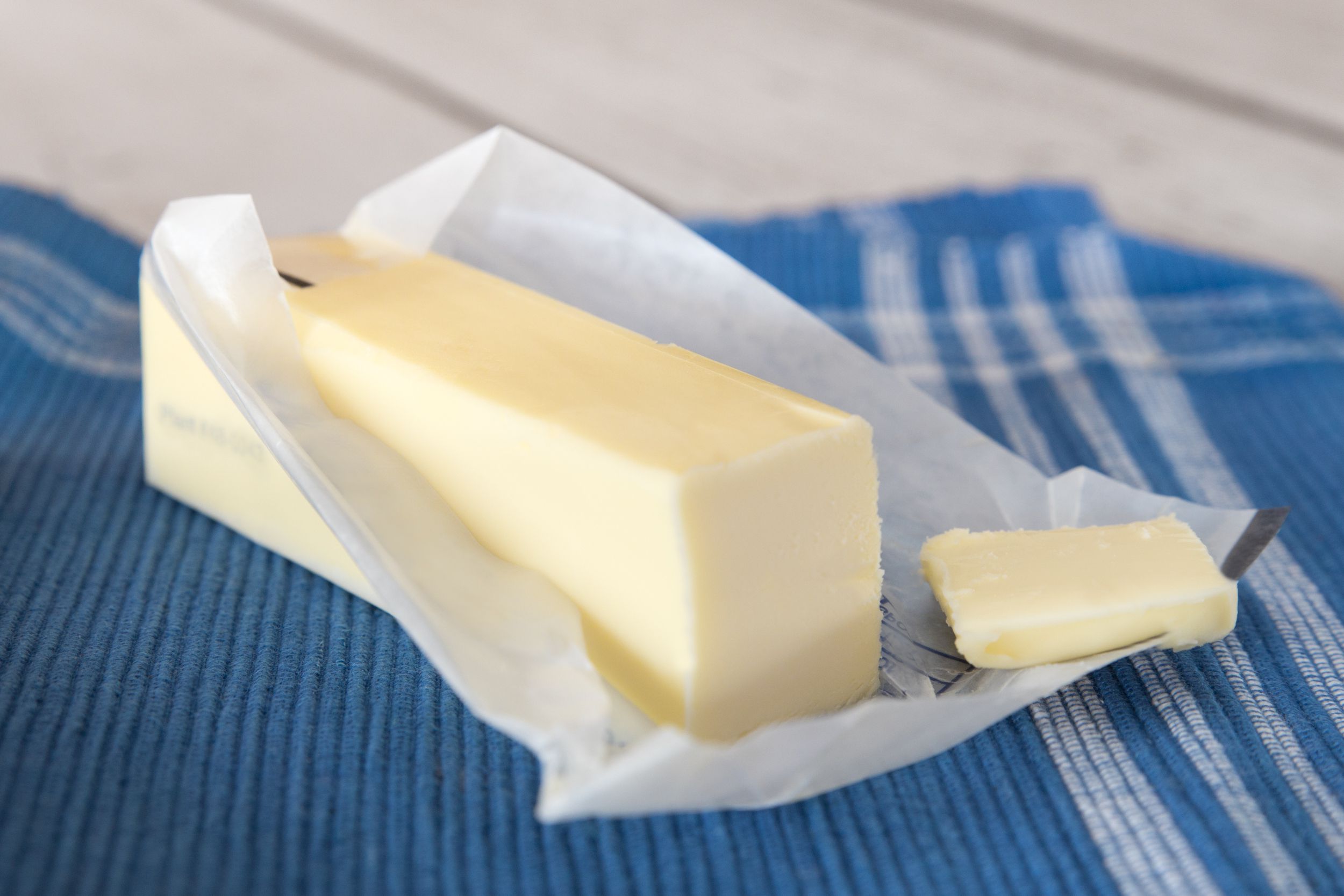
Difference from February to March 2023: -3.5%
Baking your favorite sugar cookies is a little bit less expensive than it was for Christmas last year as butter prices come down. If you prefer margarine, that’s also decreased 1.5% too.
Want more grocery news and tips in your inbox? Sign up for our free newsletters.
Tomatoes
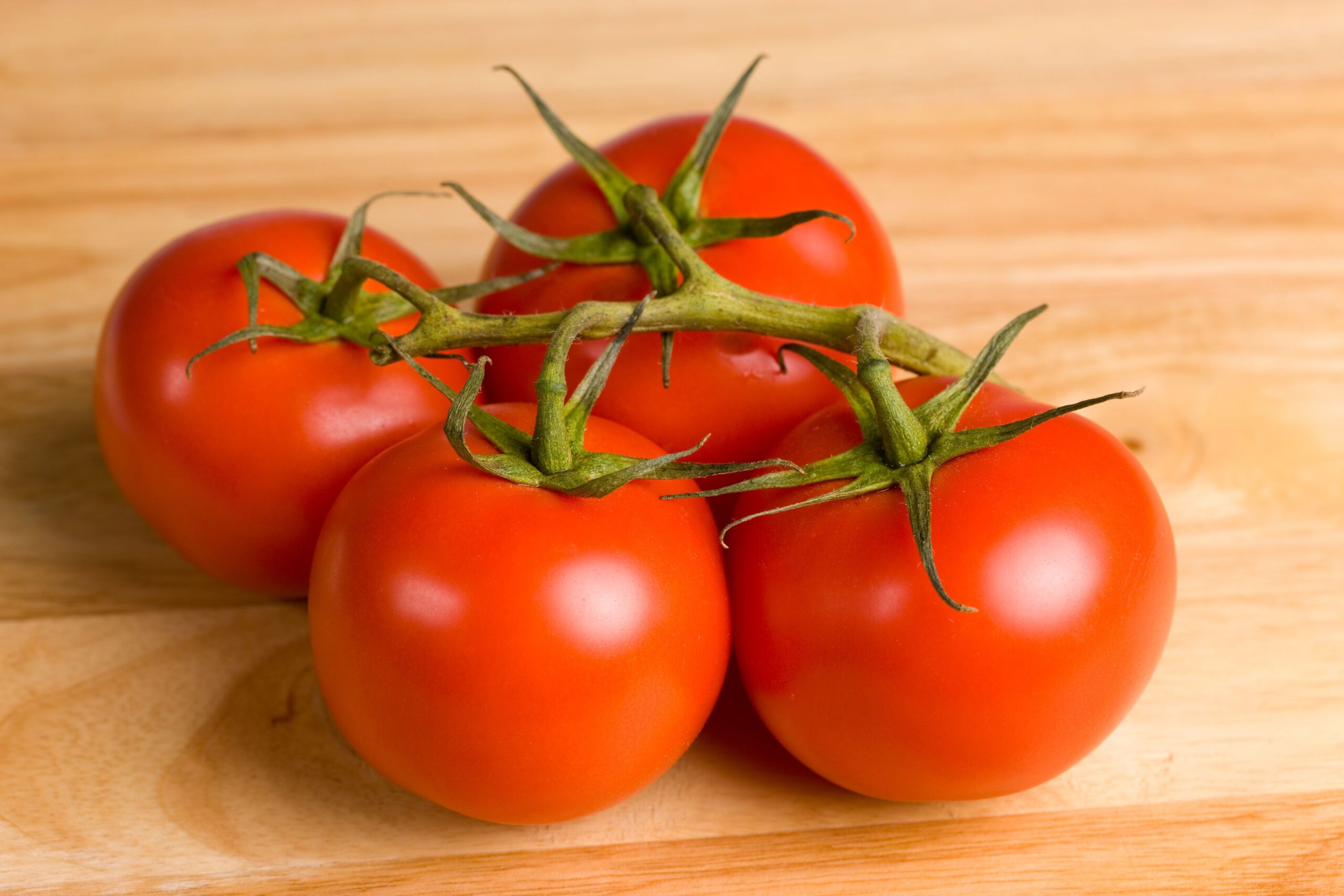
Difference from February to March 2023: -3.4%
Fresh tomatoes are dropping in price, so along with lettuce, you can make some really good salads again without emptying your bank account.
Instant Coffee
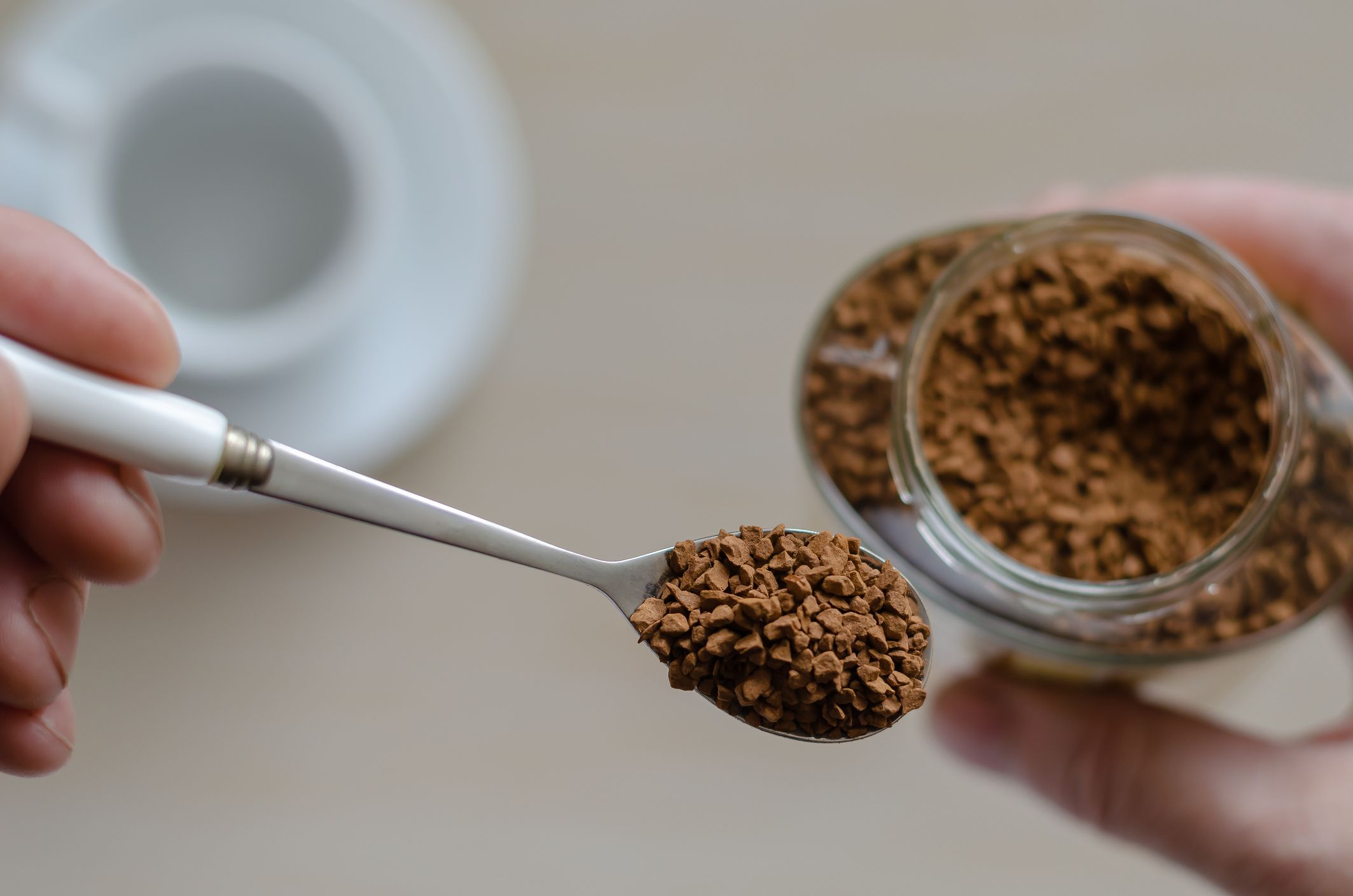
Difference from February to March 2023: -2.4%
You daily dose of caffeine is a little bit cheaper if you prefer using instant coffee granules at home. If you use roasted coffee, though, that price actually went up slightly (0.2%) between February and March.
Trending on Cheapism
Peanut Butter
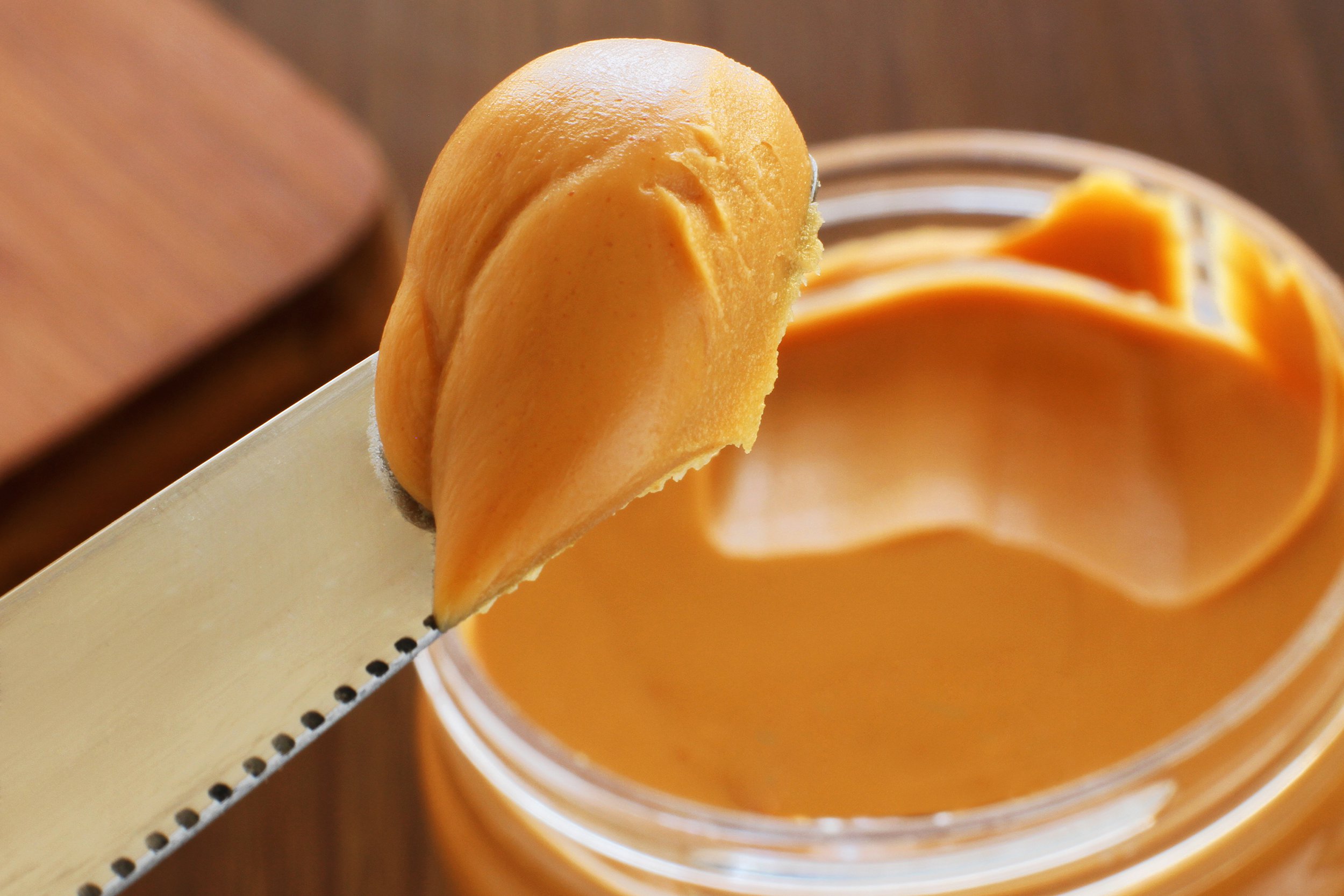
Difference from February to March 2023: -2.3%
Kids (and wise adults who love a good PB+J) are happy that the price of peanut butter has fallen recently.
Shelf Stable Fish and Seafood
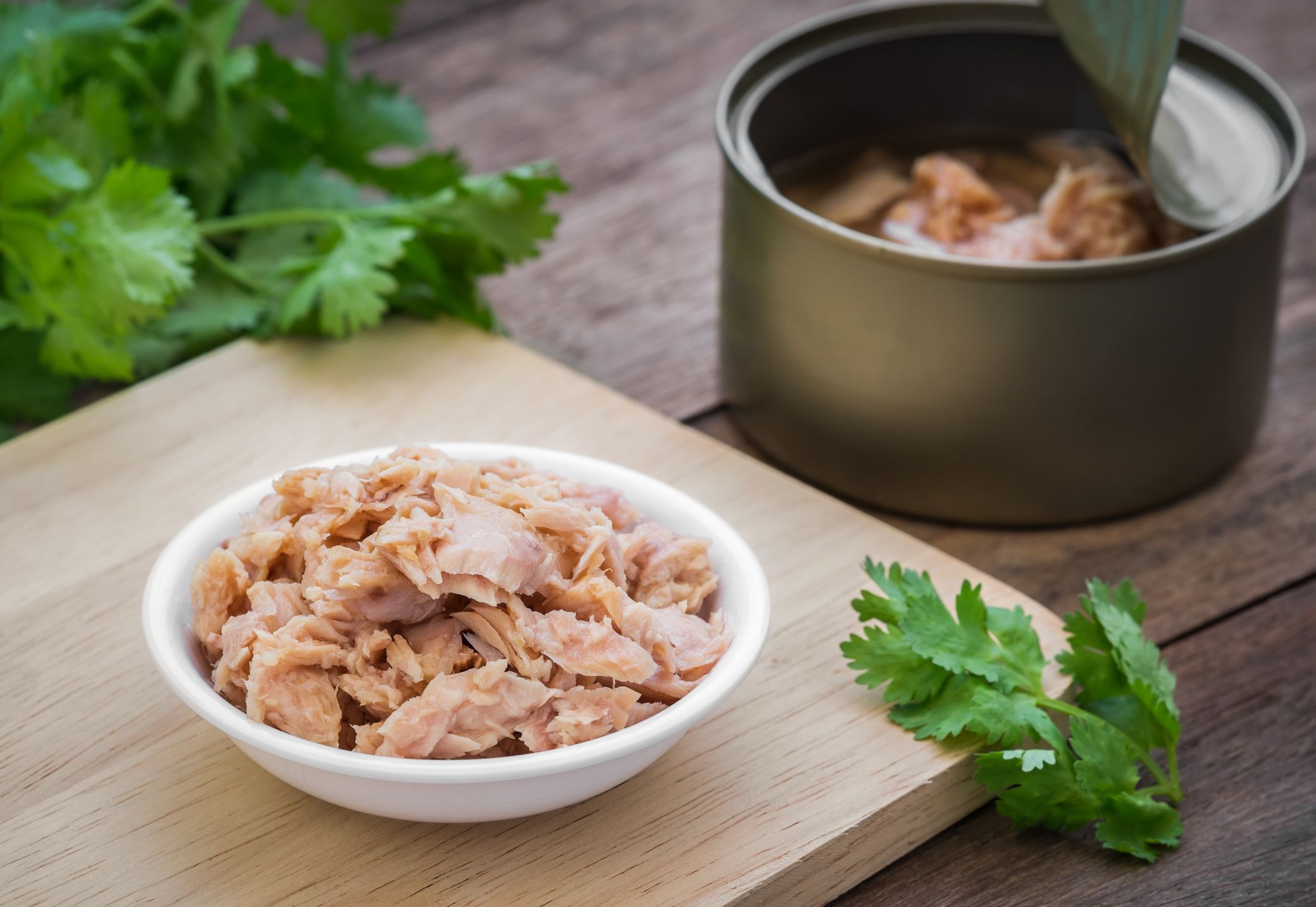
Difference from February to March 2023: -2.1%
While “shelf stable fish” might not sound super tasty, the category includes inexpensive staples like canned tuna and salmon. If frozen fish is more your thing, that dropped 1.4% in the same time frame.
Fresh Fruits
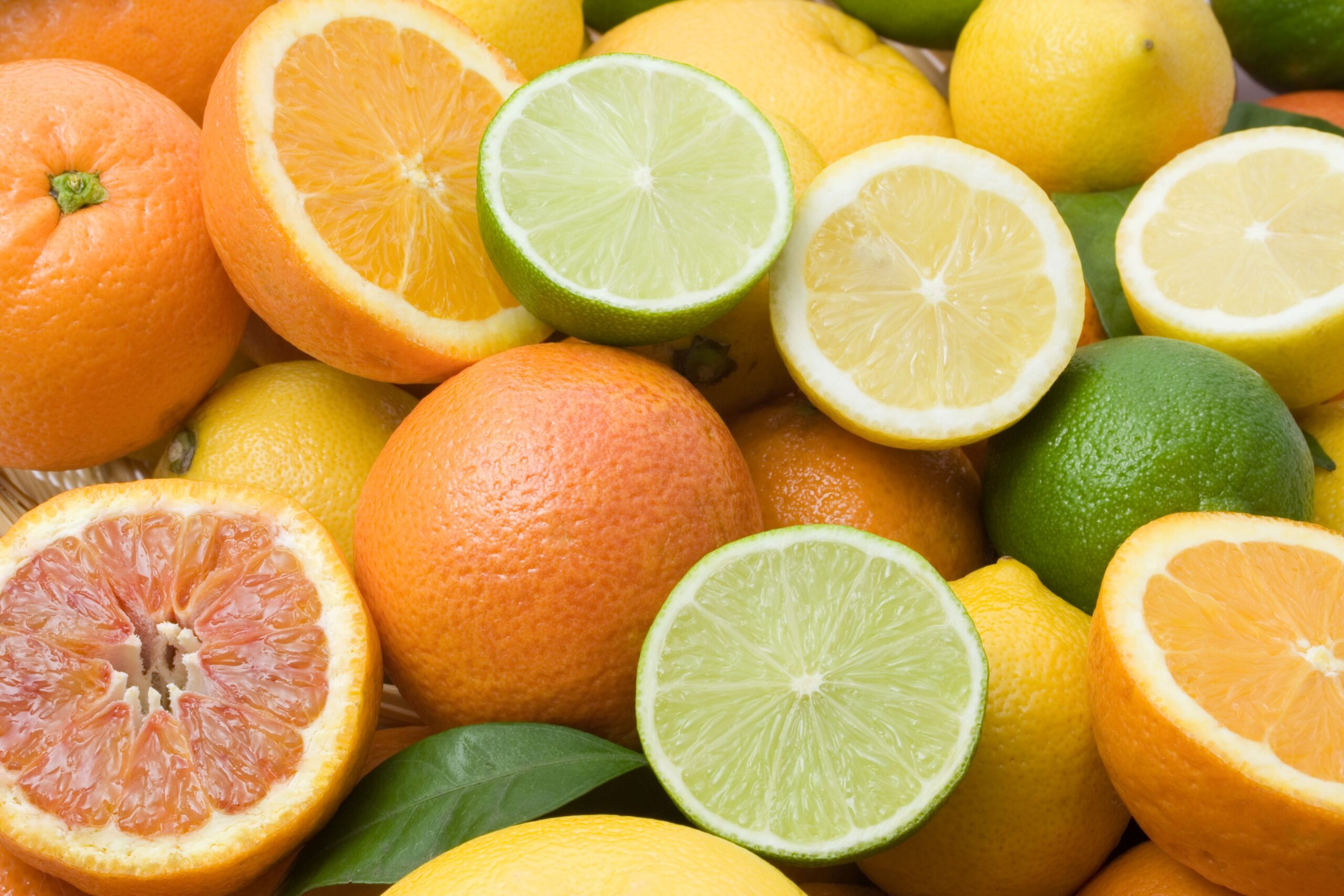
Difference from February to March 2023: -1.7%
Getting your fill of fresh fruits is less expensive now than it was earlier in the year. It’s especially true for citrus fruits like oranges and limes, which have dropped 3.7%.
Sign up for our newsletter
Ham

Difference from February to March 2023: -1.4%
Fresh pork products in general have dropped in price, especially ham, either canned or fresh. You’d do well to buy pork roasts, steaks, and ribs too, since they’ve gone down 1.8%.
Milk
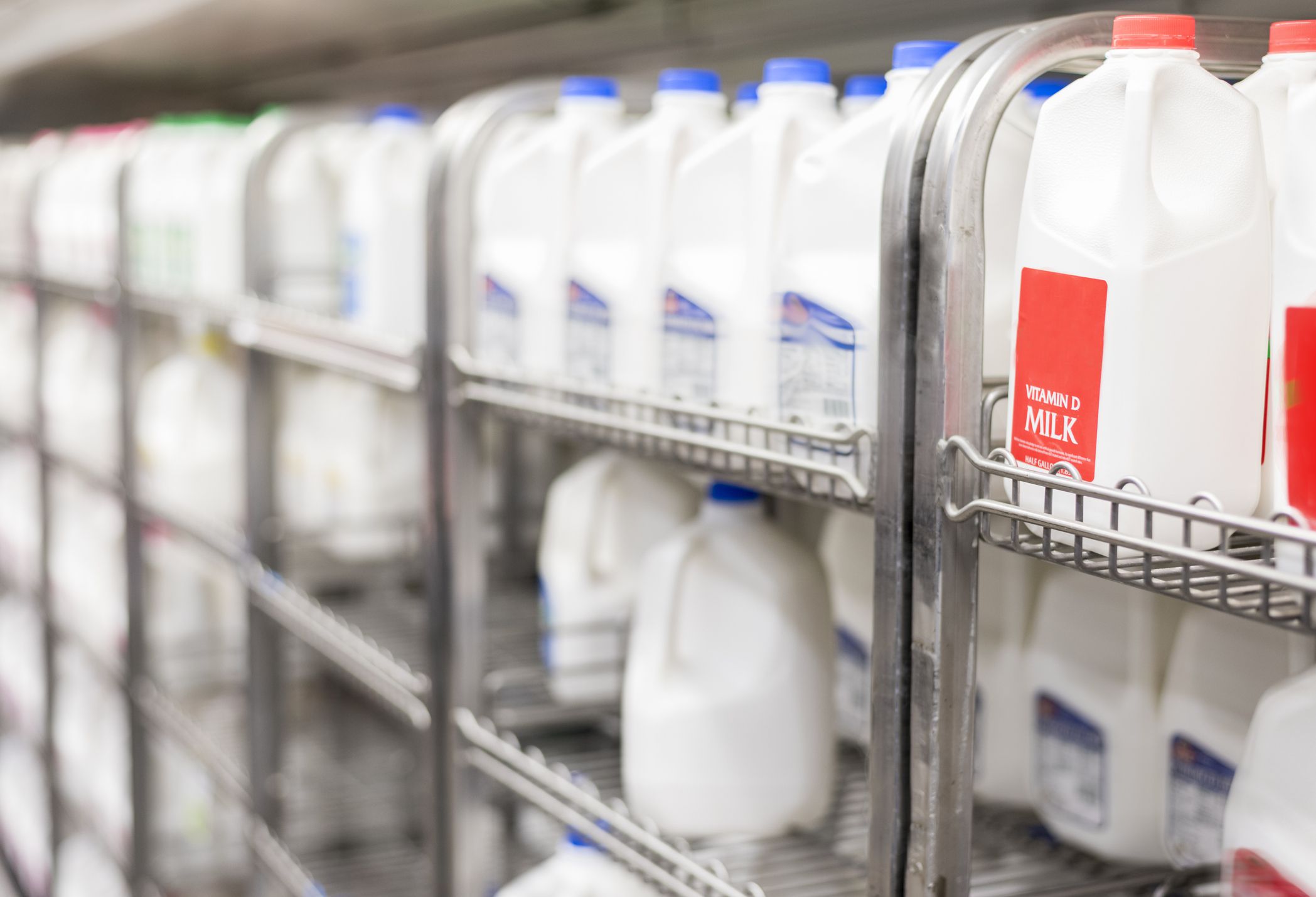
Difference from February to March 2023: -1.3%
A tall glass of milk with your cookies isn’t going to set you back as much as it used to. It doesn’t matter whether you drink whole milk or skim, either, because both dropped by almost the same amount: 1.2% and 1.3% respectively.






